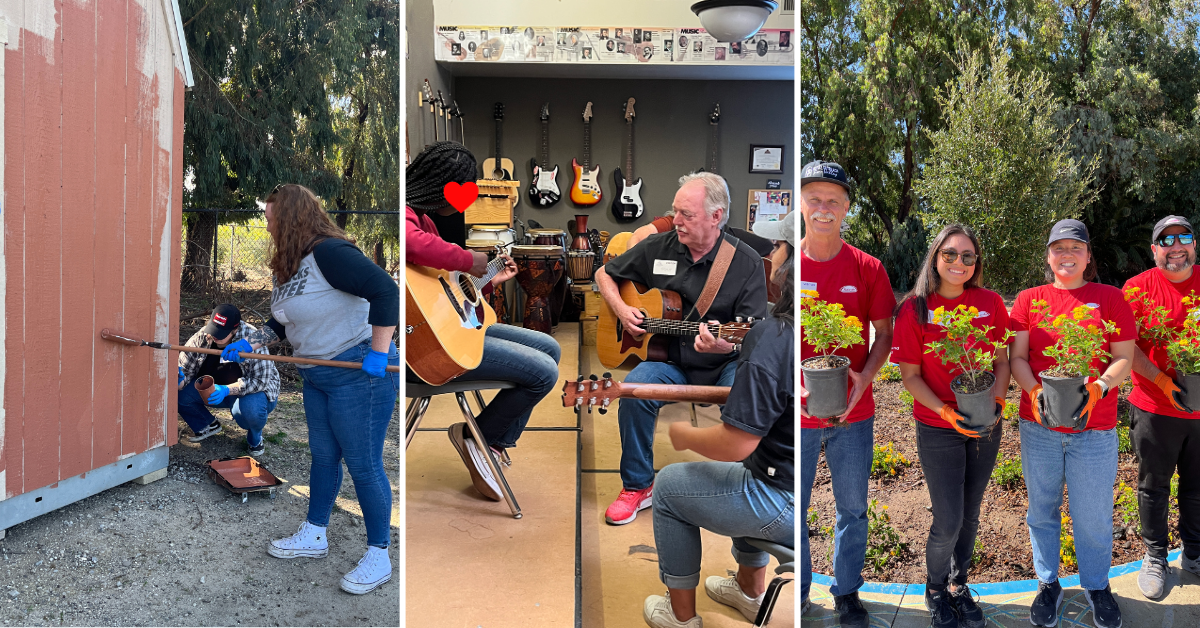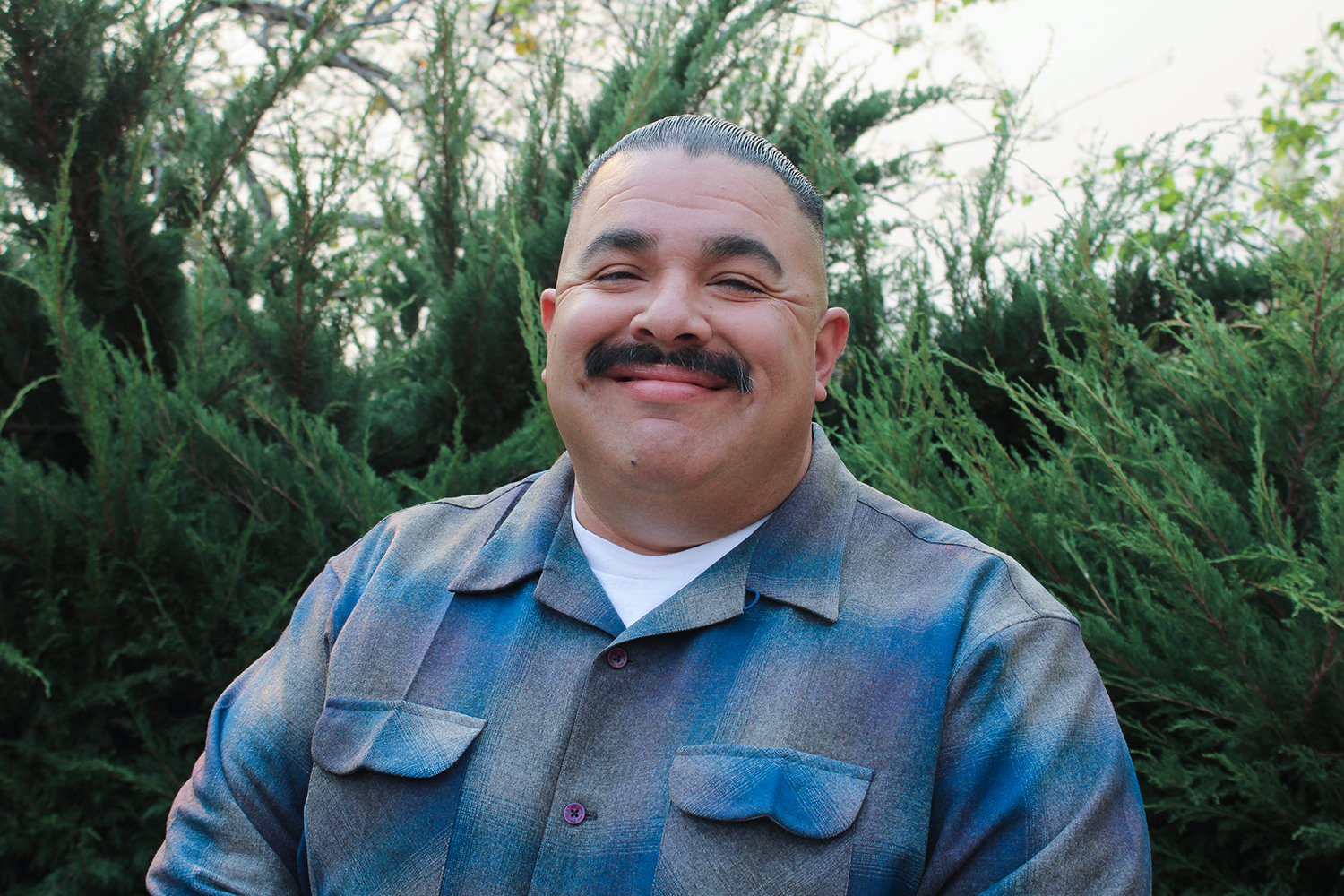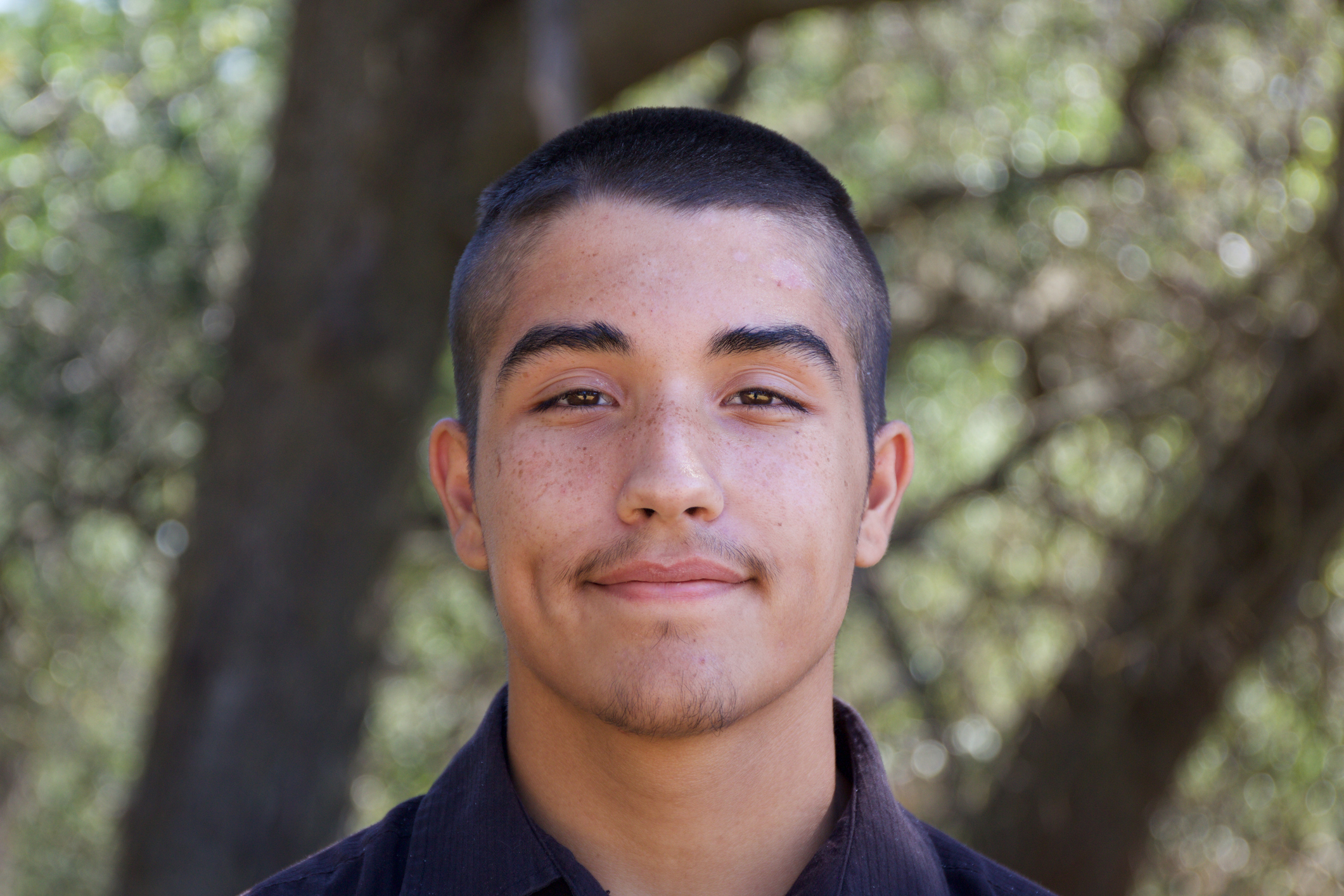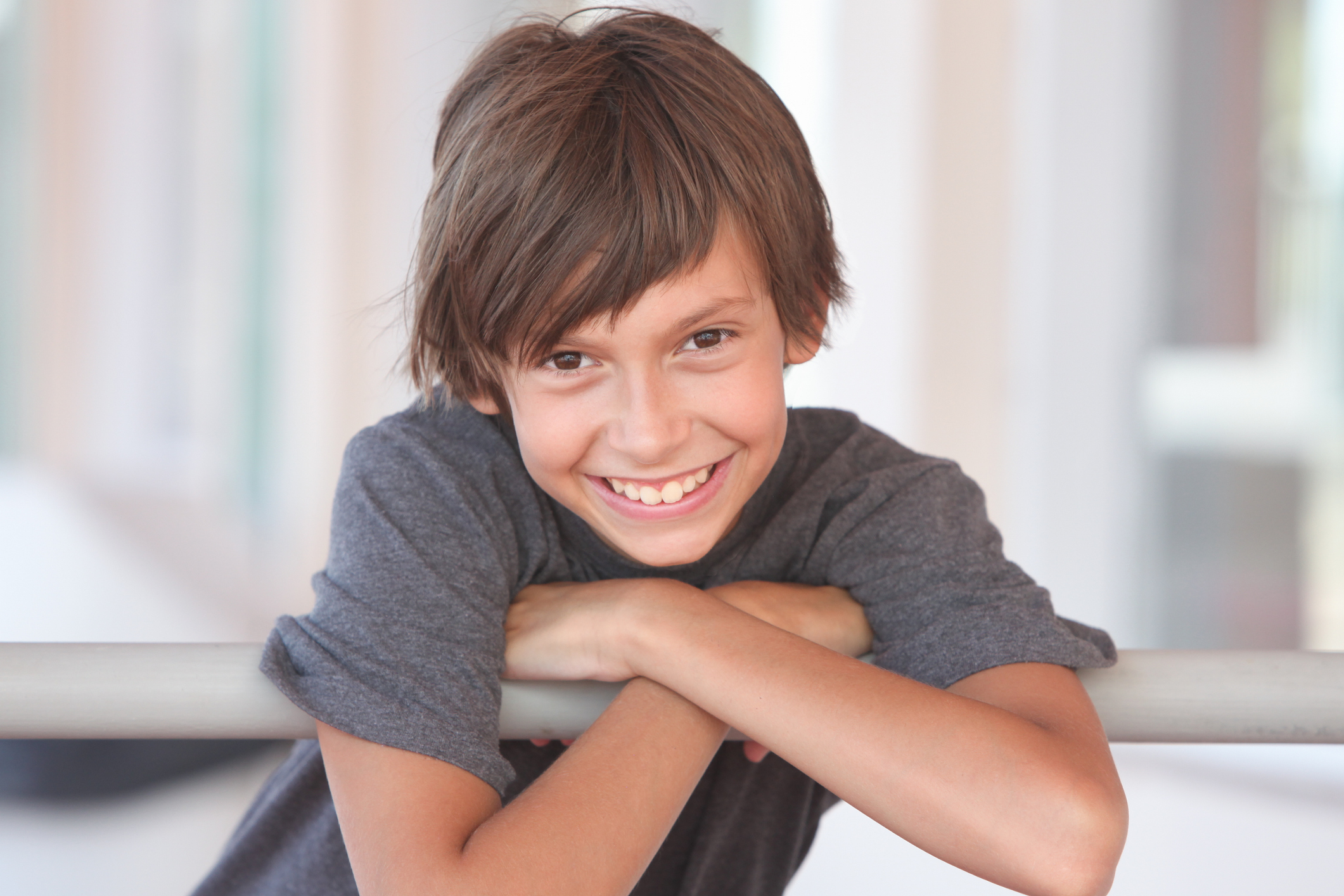
Each May, Mental Health Awareness Month serves as an important reminder of the growing mental health challenges facing children and youth across the country – and the power we all have to make a difference. At Casa Pacifica, the leading nonprofit provider of children’s and adolescent mental health services in Ventura and Santa Barbara counties, […]









